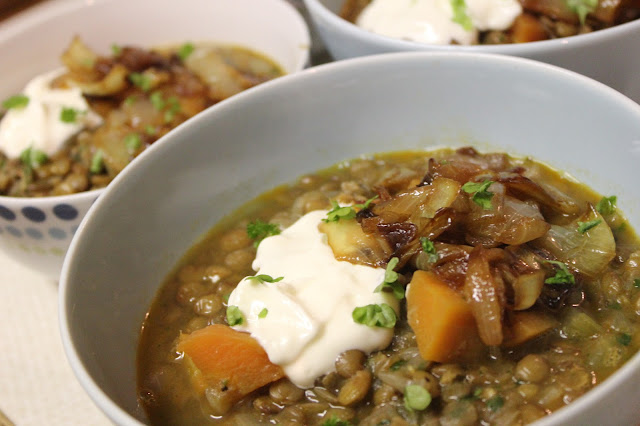This refers back to December when we had afternoon tea of baked goats cheese with a festive salad to accompany, and lots of tea and cake. These are the cakes.
They're lemon and blueberry cupcakes, and are basically massive cheer-up cakes because they make you happy when you eat them. All of us had been struggling with work overload, so there was a need for something to make life that bit sweeter. It worked.
Ingredients:
- 6oz caster sugar
- 6oz butter
- 3 eggs
- 8oz gluten-free, self-raising flour
- 1/2 tsp baking powder
- 6oz blueberries
- zest 2 lemons
- juice one lemon
For the syrup:
- juice ½ lemon
- 2 tsp sugar
To decorate:
- more blueberries
- zest 1 lemon
- juice ½ lemon
- small mint leaves
- icing sugar
2. Add the eggs and incorporate into the mixture. Then sieve in the flour and baking powder, and fold it in carefully - using a metal spoon if possible.
3. Add the blueberries and lemon juice and zest, and stir carefully so everything gets properly mixed up. Stir this as little as possible, as you don't want to knock out the air you've worked into the cake.
4. Bake at 180°C in a preheated oven for 15-18 minutes, until they're golden and a cocktail stick inserted into the middle comes out clean.
5. While they're still warm, grab a small pan and mix together the ingredients for the syrup over a low heat. Using a cocktail stick, poke holes into the cakes and then drizzle the syrup over the top. Now let it all cool down and go drink a cup of tea.
6. Once it's all cooled, mix up some icing sugar with the lemon juice in a bowl. Dip the blueberries in, then use the icing to stick them onto the cakes. Stick a mint leaf in between them (looks awesome and gives a really refreshing taste), then grate over some lemon zest and finally dust over a sprinkle of icing sugar. Voila. Who needs to go somewhere fancy to eat fancy food?

























